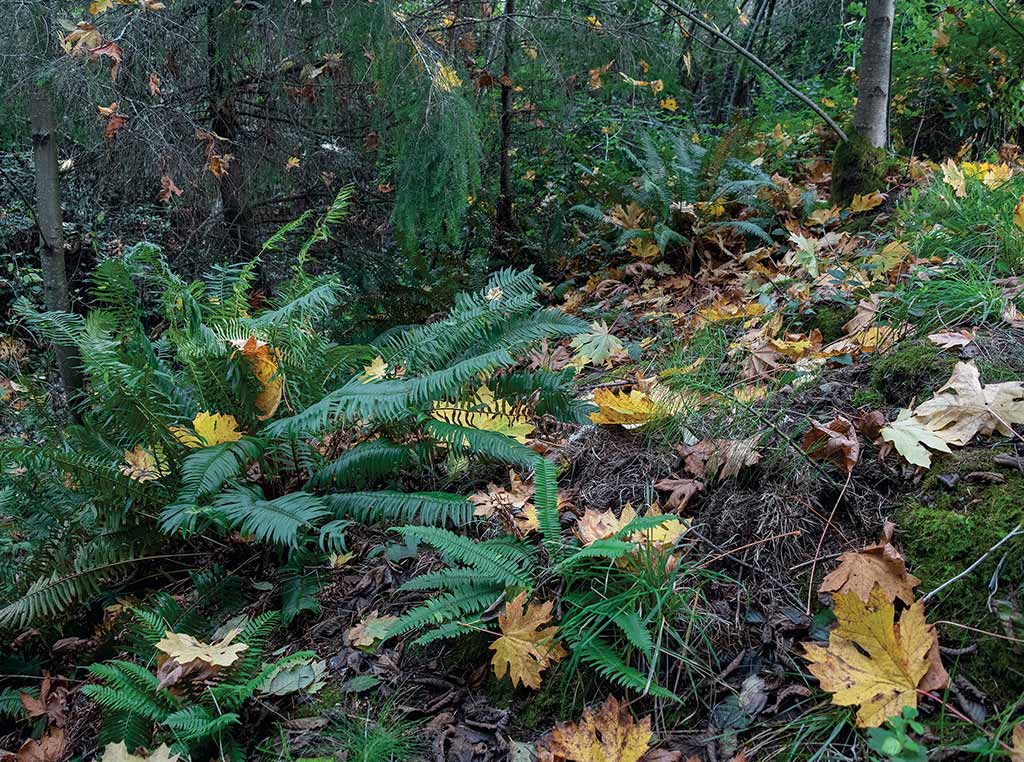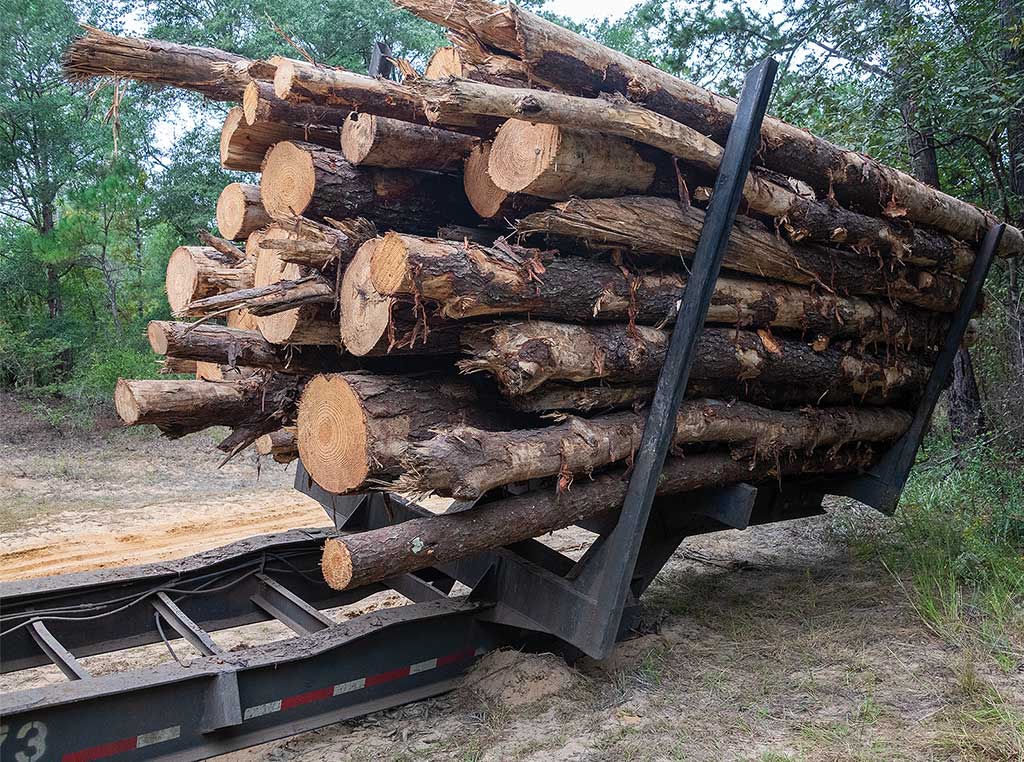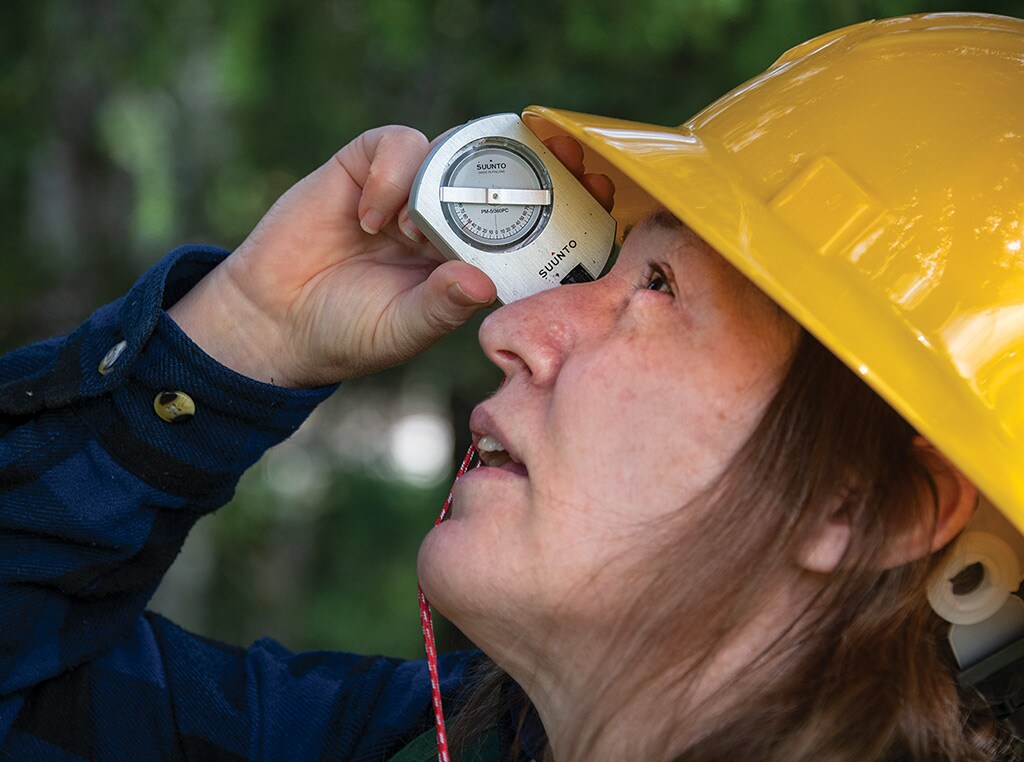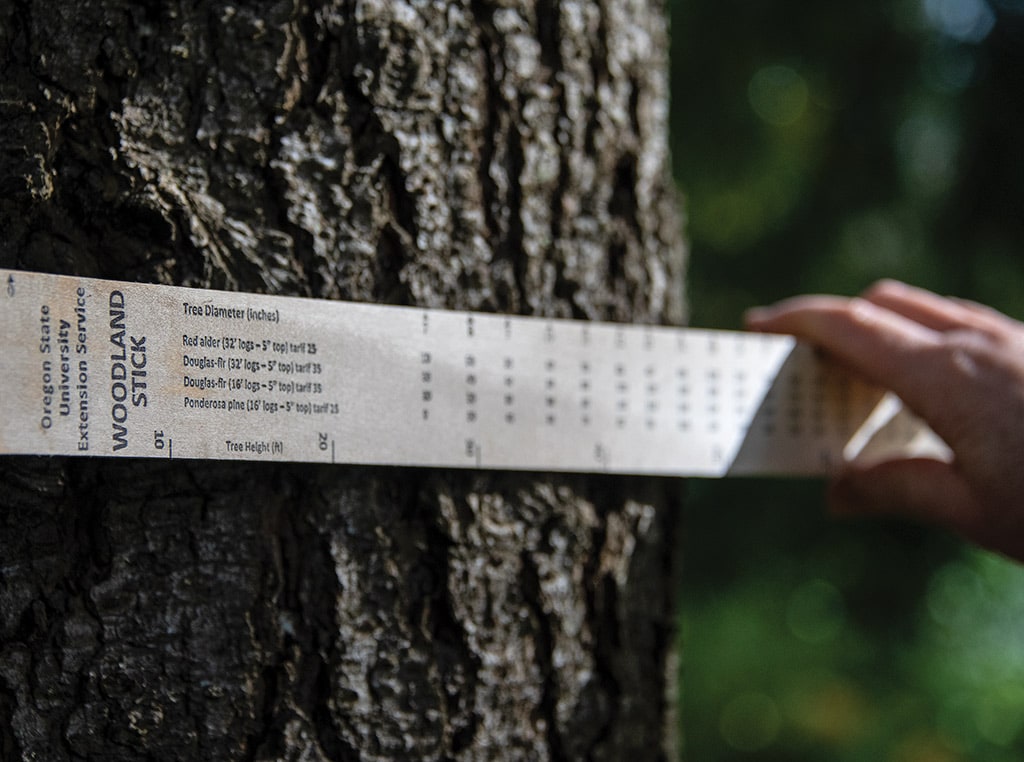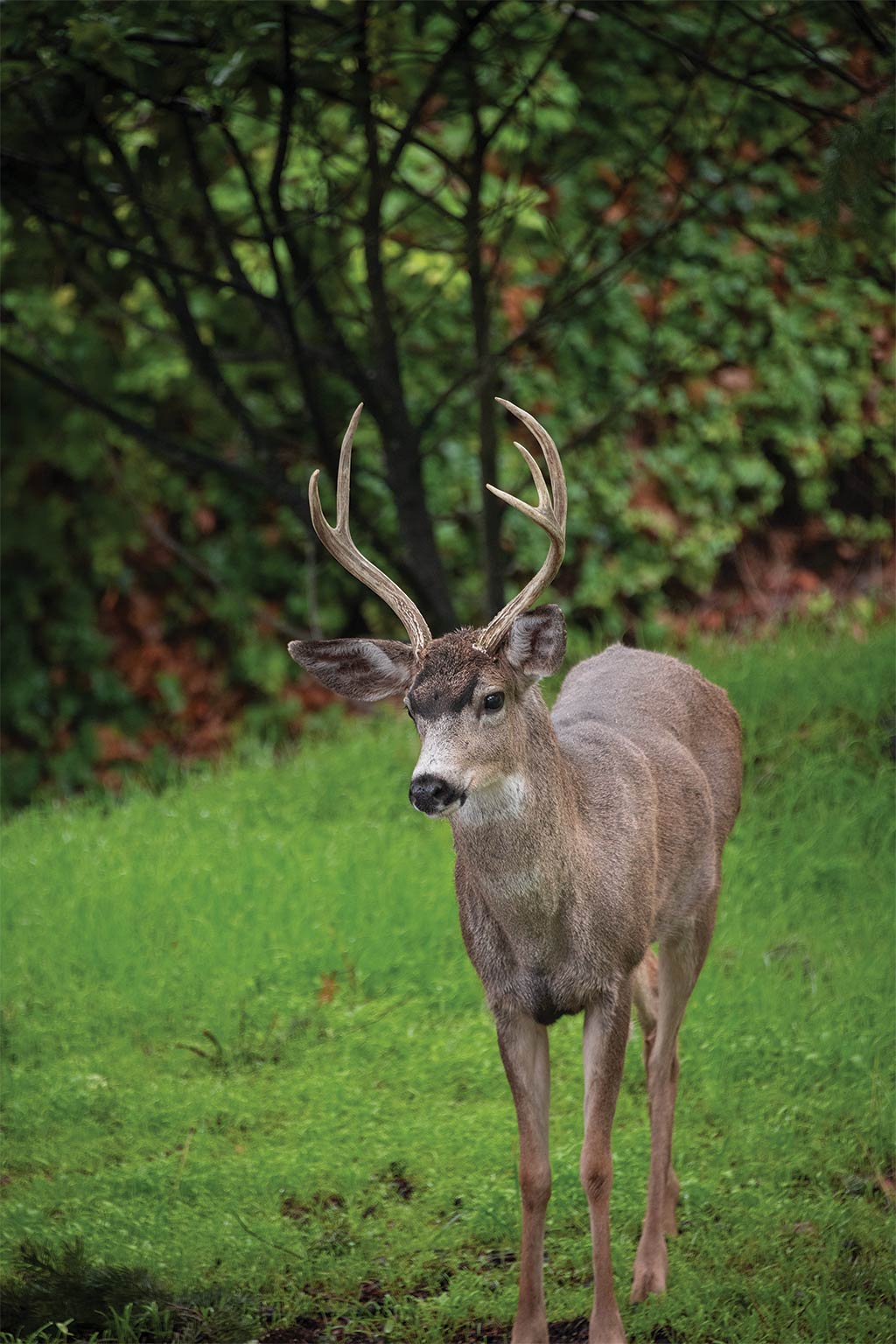Rural Living April 01, 2022
See the Forest for the Trees
Create a plan for your woodlands.
There are so many ways to use woods on a homestead, whether it's harvesting timber, restoring the forest, nurturing wildlife, enjoying the outdoors, or all of the above. The first step toward greater success with woodlands is developing a forest plan to help assess the landscape and outline your objectives, says Norma Kline, Oregon State University forestry extension agent and assistant professor in Myrtle Point, Oregon.
"Having a template that landowners can work off of makes it less overwhelming and more systematic," Kline points out.
"First, it really is thinking about personal goals and objectives that are going to be the framework of it all," Kline explains. "Then you're learning about the property, understanding all the various resources on the property and seeing how your woodland fits into the bigger picture."
A good forest plan will include a topography map, a stand map that identifies the tree populations, a soils map, and a map of roads and streams. Many states offer templates to streamline the process, and extension or forestry agents who can help you get started.
Public agencies and companies like Google Earth have made a wealth of free maps and aerial imagery available online. And you can tap the power of internet mapping with your smartphone through apps like Avenza Maps or Cal Topo, which include tools for dropping pins—recording key locations with the push of a button.
Plan. With those tools in hand, you can verify property lines or determine if you need to hire a surveyor. You can check access to harvestable stands or identify where crews will need an easement. You can outline no-harvest areas to harbor wildlife or protect a favorite swimming hole, or identify old logging roads that would make good hiking trails. You can flag maintenance projects. And a plan is generally required in applications for federal or state cost-share programs.
Above. Forest plans help woodland owners inventory their timber resources and plan for harvest or management—right down to ensuring reliable access to harvestable stands. Norma Kline of Oregon State University measures the height of a tree with a clinometer. A woodland stick provides an easy (and fun) way to estimate tree diameter, height, and volume.
Some of those incentive programs may even include funds to hire a consultant to help you plan or inventory your timber, Kline notes. Like architects or accountants, foresters are trained professionals who can offer valuable advice, guide you on economic decisions, and help you maximize the value of the planning process.
Explore. With or without a consultant, Kline encourages woodland owners to get out onto their property and get involved. Bring your maps (or apps) with you and check them against what you see on the ground. Make note of discrepancies, and keep an eye out for invasive species you need to control or special attributes you want to protect.
Even if you aren't doing your own inventory, Kline recommends learning how to use a woodland stick (or Biltmore stick) to estimate tree height, diameter, and volume. It's fun, it's a link to centuries of timber management, and it is a great way to get comfortable with the figures that foresters use in their recommendations.
Finally, establish monitoring points you can revisit over time to track changes on the landscape.
"It might be a particular-looking boulder, or a junction of fences, or a crazy-looking tree—just establish monitoring points you can find again," Kline advises. "Take photos in the cardinal directions at those monitoring points and you can attach them digitally in mapping apps, or print them out and put them in journals."
Fire-wise. Fire should also factor heavily in most forest plans.
That can include developing a schedule for thinning and fuel reduction, as well as considering the balance between removing dead timber to minimize fuels while providing habitat for cavity-nesting birds or wildlife species that nest under fallen logs.
A plan should outline paths for fire breaks, define areas to clear for defensible space around your home or other buildings, and ensure access for firefighters.
A forest plan isn't just a good decision tool to help you enjoy your land. It could also be your legacy.
"The other significant benefit of a management plan is having a landowner record their vision and record their activities for the next generation," Kline notes. ‡
Read More
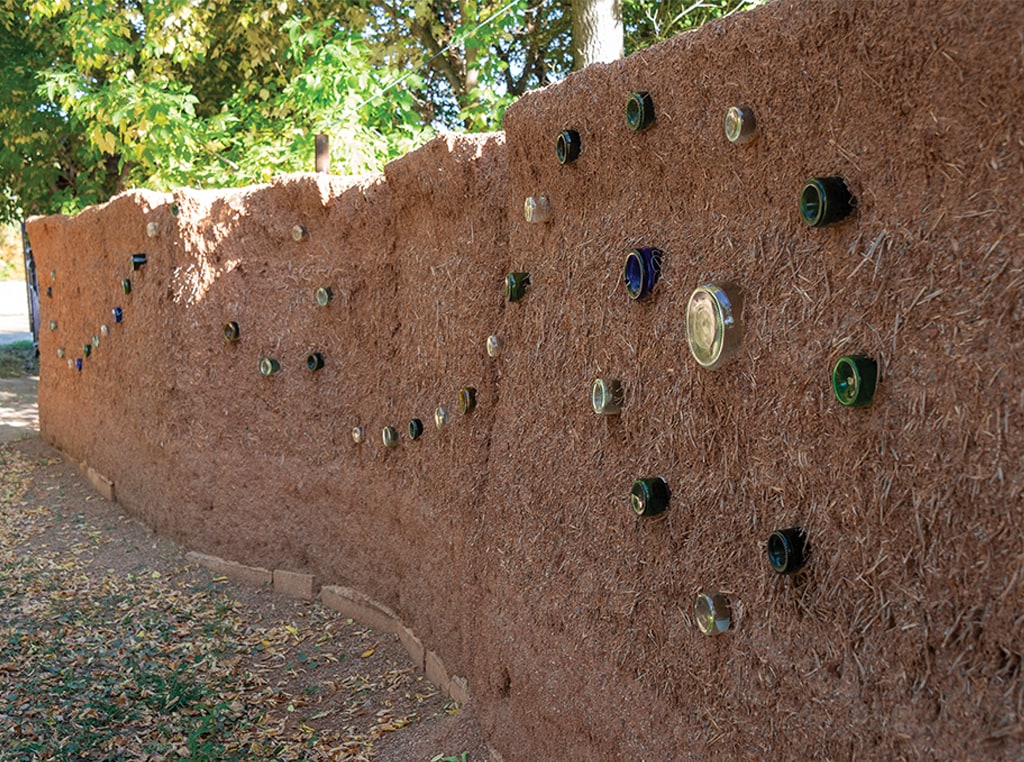
RURAL LIVING
Building the Offbeat, Off-Grid
A world of experience and a dash of whimsy deliver off-grid living with a creative lean.
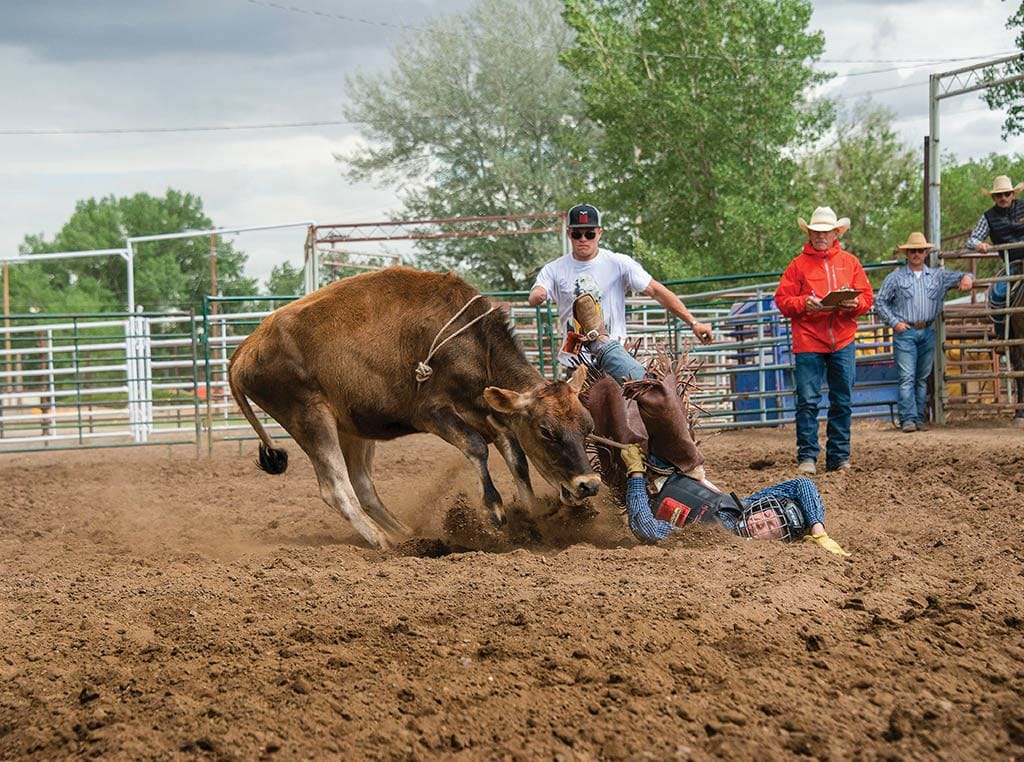
RURAL LIVING
A Rowdy Spin on Little League
No cleats here, just chaps, boots and ranch kids spurring up big fun at a little rodeo.

